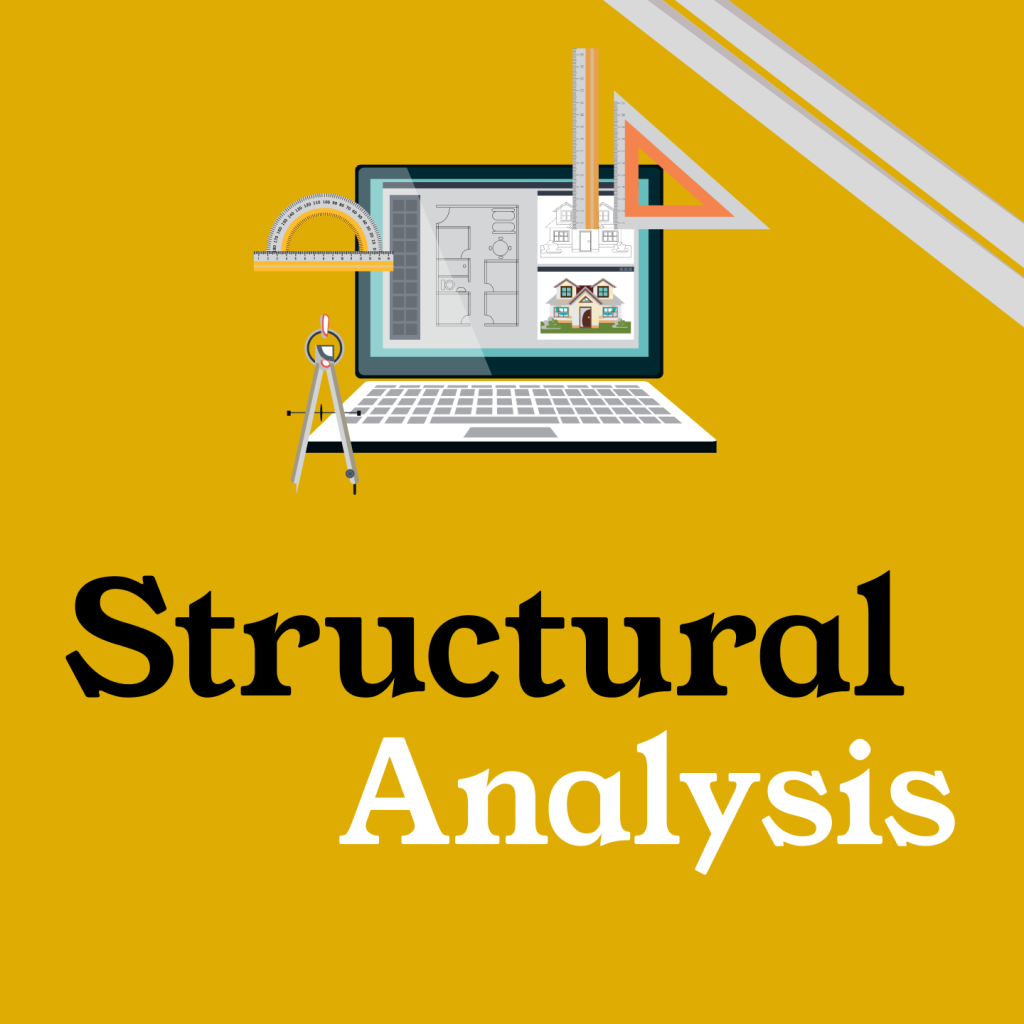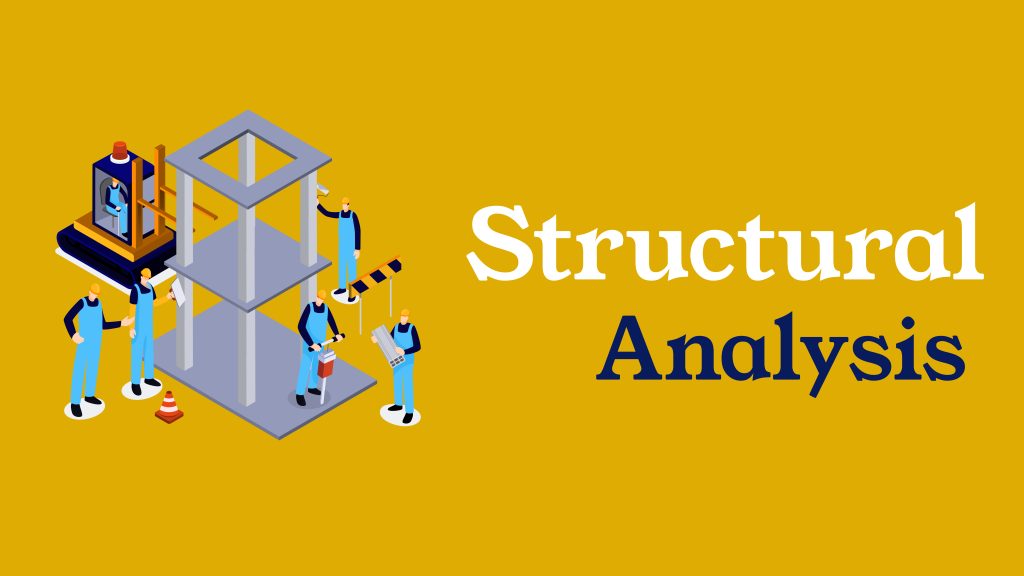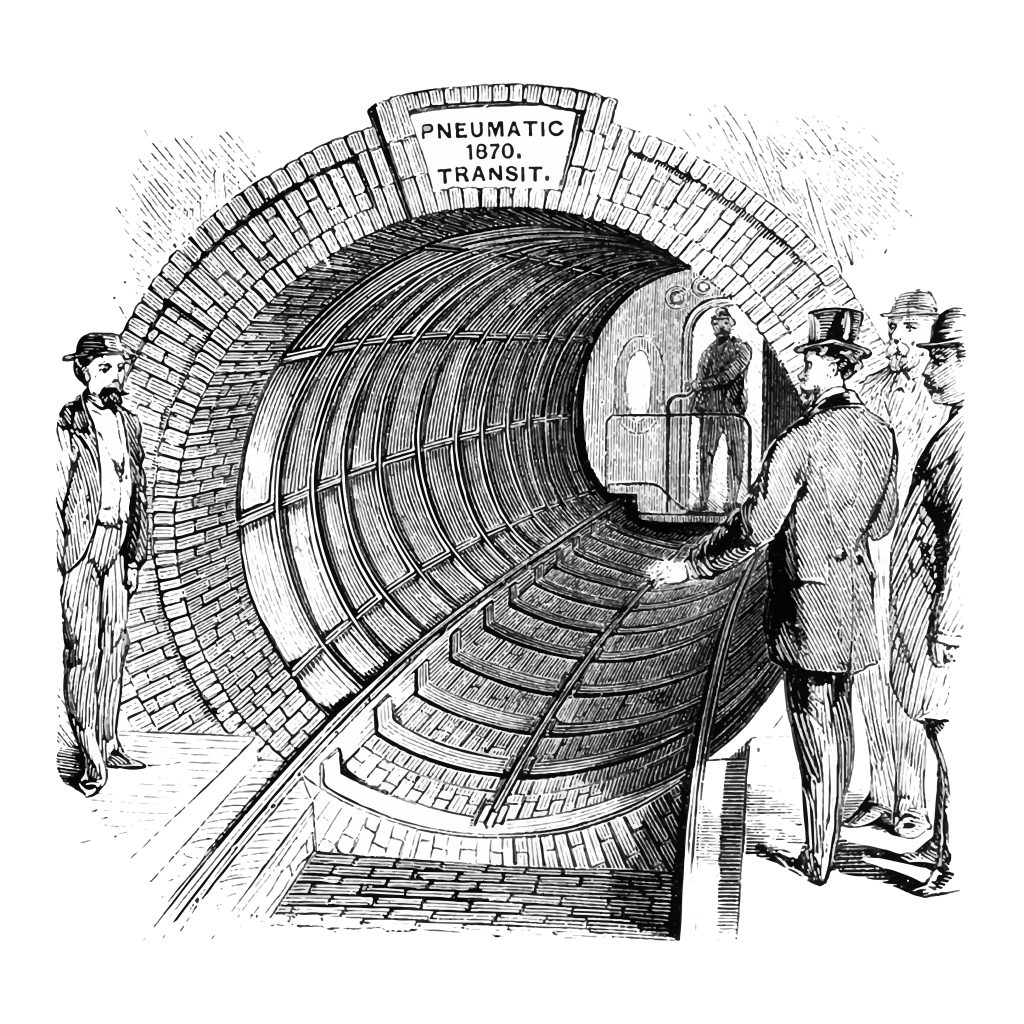Structural Analysis: Powerful Strategies for Engineers-2025

Table of Contents
Toggle Table of Contents
Table of Contents
-
Introduction to Structural Analysis
-
Historical Background
-
Importance of Structural Analysis in Engineering
-
Key Concepts in Structural Analysis
-
Types of Structures
-
Loads and Forces in Structural Systems
-
Methods of Structural Analysis
-
Computer-Aided Structural Analysis
-
Finite Element Method (FEM) in Structural Analysis
-
Software Used in Structural Analysis
-
Common Structural Failures and Case Studies
-
Role of Structural Engineers
-
Structural Analysis in Earthquake-Resistant Design
-
Structural Health Monitoring (SHM)
-
Emerging Trends and Technologies in Structural Analysis
-
Structural Analysis in Civil vs. Aerospace vs. Mechanical Engineering
-
Challenges and Limitations
-
Educational Pathways and Career Opportunities
-
Conclusion
1. Introduction to Structural Analysis
Structural analysis is the branch of civil engineering that determines the effects of loads on physical structures and their components. Structures such as buildings, bridges, towers, and dams are all subject to various forces, and it is the job of structural analysis to ensure they can withstand these forces safely.
It plays a critical role in determining whether a structure can support and resist applied loads without failure during its intended life span. Without structural analysis, engineers would not be able to predict potential points of weakness or failure.
2. Historical Background
The roots of structural analysis can be traced back to ancient civilizations, where empirical knowledge guided the construction of remarkable monuments like the pyramids of Egypt or the aqueducts of Rome. However, it wasn’t until the Renaissance and post-Industrial Revolution that mathematical and scientific principles were applied to structural engineering.
Notable pioneers in structural analysis include:
-
Galileo Galilei, who studied material strength
-
Leonhard Euler, who contributed to beam and column stability
-
Augustin-Louis Cauchy, who developed stress theory
-
Stephen Timoshenko, regarded as the father of modern structural mechanics

3. Importance of Structural Analysis in Engineering
Structural analysis ensures:
-
Safety – preventing collapse and injury
-
Efficiency – using materials wisely
-
Cost-effectiveness – minimizing waste and overdesign
-
Code Compliance – meeting legal and regulatory standards
-
Sustainability – optimizing for longevity and resource efficiency
Whether it’s designing a high-rise building or a pedestrian bridge, structural analysis forms the foundation of engineering integrity.

4. Key Concepts in Structural Analysis
-
Stress and Strain: Measures internal forces and deformation.
-
Axial Force: The force acting along the member’s length.
-
Bending Moment and Shear Force: Internal forces caused by transverse loads.
-
Deflection: The displacement of a point on the structure.
-
Equilibrium: The fundamental principle that all forces and moments must balance.
-
Compatibility: Ensures continuity of deformation.
-
Stability: Ensures the structure maintains its configuration under load.

5. Types of Structures
Structural analysis varies with structure type:
Buildings
-
Residential
-
Commercial
-
Industrial
Bridges
-
Beam bridges
-
Truss bridges
-
Suspension bridges
Towers and Masts
-
Communication towers
-
Transmission line towers
Shell and Membrane Structures
-
Domes
-
Tension fabric structures
Each of these structure types requires different analysis techniques based on geometry, material, and loading.
6. Loads and Forces in Structural Systems
Structural analysis evaluates the effects of various loads:
-
Dead Load (DL): Permanent, static forces like weight of materials
-
Live Load (LL): Temporary forces like people, furniture
-
Wind Load: Lateral forces due to wind pressure
-
Seismic Load: Earthquake-induced dynamic forces
-
Snow and Rain Load: Accumulated weight of precipitation
-
Impact Load: Sudden forces (e.g., vehicles on bridges)
Load combinations must be carefully evaluated for worst-case scenarios.
7. Methods of Structural Analysis
1. Classical Methods
-
Method of Joints: Used for truss structures
-
Method of Sections: Cuts the structure to analyze internal forces
-
Moment Distribution Method: For indeterminate beams and frames
2. Energy Methods
-
Virtual Work
-
Castigliano’s Theorems
3. Matrix Methods
-
Ideal for computer implementation
-
Use stiffness or flexibility matrices
-
Core to the Finite Element Method (FEM)
8. Computer-Aided
Manual calculations are limited in scope. For complex structures, engineers rely on software that uses numerical methods to analyze stress, strain, and deflection.
Benefits of computer-aided analysis:
-
Speed and accuracy
-
Visualization of stress distribution
-
Design optimization
-
Integration with CAD tools
Modern tools often include 3D modeling and BIM (Building Information Modeling).
9. Finite Element Method (FEM)
FEM divides a structure into small elements connected at nodes. Each element is analyzed independently, and the results are assembled to understand the behavior of the entire structure.
Applications include:
-
High-rise buildings
-
Aircraft and automotive frames
-
Dams and tunnels
Advantages of FEM:
-
Handles complex geometries
-
Supports non-linear materials and large deformations
-
Useful for dynamic and thermal analysis
10. Software Used
-
SAP2000 – Versatile for buildings and bridges
-
ETABS – Specialized in building structures
-
STAAD.Pro – Popular in structural design and analysis
-
ANSYS – Advanced FEM analysis
-
Autodesk Robot Structural Analysis – Integrated with Revit
-
Abaqus – Nonlinear simulations
-
RFEM – 3D FEM software for civil and industrial structures
🔧 Top Software Used in Structural Analysis
1. STAAD.Pro
-
Developer: Bentley Systems
-
Use: Structural design and analysis of buildings, towers, bridges, and industrial structures.
-
Features: Supports various materials (steel, concrete, timber), integrates with BIM tools, and handles both static and dynamic loads.
-
Why it’s used: Most widely adopted in Indian infrastructure firms due to IS code support and ease of use.
2. ETABS
-
Developer: CSI (Computers and Structures, Inc.)
-
Use: Designed specifically for analyzing and designing multi-story buildings.
-
Features: High-rise building modeling, seismic and wind load analysis, integrated with AutoCAD and Revit.
-
Why it’s used: Ideal for commercial/residential buildings; used by civil and structural engineers for its architectural and structural detailing capabilities.
3. SAP2000
-
Developer: CSI
-
Use: General-purpose analysis for bridges, dams, towers, and industrial structures.
-
Features: Offers linear and non-linear analysis, dynamic load handling, and complex geometry support.
-
Why it’s used: Versatile tool used for both research and industrial design work.
4. ANSYS
-
Developer: ANSYS Inc.
-
Use: Finite Element Analysis (FEA) for structural, thermal, and fluid simulations.
-
Features: Highly accurate simulations of complex loading conditions, nonlinear behavior, and composite materials.
-
Why it’s used: Preferred in mechanical, aerospace, and offshore industries for precision structural analysis.
5. Abaqus
-
Developer: Dassault Systèmes
-
Use: Advanced FEA software for large deformation and complex material behavior analysis.
-
Features: Handles contact problems, fatigue, and multiphysics scenarios.
-
Why it’s used: Research-intensive projects and aerospace applications where high-end simulation is required.
6. Autodesk Robot Structural Analysis
-
Developer: Autodesk
-
Use: Structural load analysis and simulation integrated with Autodesk Revit for BIM.
-
Features: Supports global design codes, powerful finite element solvers, and real-time collaboration.
-
Why it’s used: Seamless BIM workflow for architects and structural engineers.
7. RISA-3D
-
Developer: RISA Technologies
-
Use: Structural modeling and design for buildings, tanks, towers, and more.
-
Features: Graphical interface, integration with Revit, dynamic and static analysis.
-
Why it’s used: Easy to learn, used extensively in the U.S. and in educational institutions.
8. RFEM
-
Developer: Dlubal Software
-
Use: 3D FEM-based analysis for civil and mechanical structures.
-
Features: Suitable for complex geometries, supports multiple international codes.
-
Why it’s used: Popular in European-based companies and for lightweight/complex structures.
9. SAFE
-
Developer: CSI
-
Use: Design of reinforced concrete floor slabs and foundations.
-
Features: Integrates well with ETABS and SAP2000 for foundation design.
-
Why it’s used: Specialized for foundation and slab design, widely used in multi-storey buildings.
🧠 Summary Table
| Software | Best For | Key Sector |
|---|---|---|
| STAAD.Pro | Buildings, bridges, towers | Civil, Infrastructure |
| ETABS | High-rise buildings | Civil, Urban Infrastructure |
| SAP2000 | General-purpose structures | Civil, Industrial |
| ANSYS | Advanced FEA, simulations | Aerospace, Mechanical |
| Abaqus | Nonlinear, contact, fatigue | Research, Aerospace |
| Autodesk Robot | BIM-integrated structural analysis | Architecture, Civil |
| RISA-3D | Steel and concrete design | Education, Industry |
| RFEM | 3D FEM for complex geometry | Civil, Research, Marine |
| SAFE | Slab and foundation design | Civil, Building Construction |
11. Common Structural Failures and Case Studies
Tacoma Narrows Bridge Collapse (1940)
-
Aerodynamic instability
-
Led to advances in wind-load analysis
Hyatt Regency Walkway Collapse (1981)
-
Design change overlooked load path
-
Over 100 deaths
Rana Plaza Collapse (2013)
-
Overloading and poor construction
-
Emphasized the need for inspections and analysis
Each failure reinforces the importance of proper structural analysis.
12. Role of Structural Engineers
Structural engineers:
-
Analyze blueprints and specifications
-
Select appropriate materials
-
Perform simulations and stress analysis
-
Ensure code compliance
-
Supervise construction practices
Their expertise ensures that structures remain stable, safe, and serviceable throughout their lifetime.
13.Earthquake-Resistant Design
Seismic structural analysis considers dynamic ground motion and its impact on a structure. Techniques include:
-
Response Spectrum Analysis
-
Time History Analysis
-
Base Isolation Systems
-
Energy Dissipation Devices
Structures in seismic zones must absorb and dissipate energy rather than resist it rigidly.
14. Structural Health Monitoring (SHM)
SHM involves the continuous assessment of structural integrity using sensors and data analytics.
Techniques include:
-
Vibration monitoring
-
Strain gauge analysis
-
Thermal imaging
-
Acoustic emissions
It helps in:
-
Early detection of faults
-
Preventive maintenance
-
Lifecycle extension
15. Emerging Trends and Technologies
-
AI and Machine Learning for predictive failure analysis
-
Digital Twins that mirror real structures in a virtual environment
-
3D Printing of structural components
-
Smart Materials that adapt to external stimuli
-
Sustainable Materials like bamboo composites
These innovations enhance the precision and sustainability of structural analysis.
16. Civil vs. Aerospace vs. Mechanical Engineering
Civil Engineering
-
Focus on static loads and large-scale structures
Aerospace Engineering
-
High-speed, low-weight, dynamic environments
-
Extensive use of FEM and modal analysis
Mechanical Engineering
-
Analysis of machinery, frames, and systems under moving loads
Though the principles are shared, the application and scale vary across disciplines.
17. Challenges and Limitations
-
Material Uncertainties: Real-world conditions often deviate from ideal assumptions
-
Nonlinear Behavior: Buckling, yielding, and fracture complicate analysis
-
Load Estimations: Wind and seismic forces are inherently unpredictable
-
Human Error: Modeling mistakes can lead to catastrophic failures
-
Time and Cost Constraints: May limit detailed analysis
Understanding these limitations helps in designing more resilient structures.
18. Educational Pathways and Career Opportunities
Courses:
-
Structural Mechanics
-
Finite Element Analysis
-
Dynamics of Structures
-
Advanced Reinforced Concrete Design
Certifications:
-
PE (Professional Engineer)
-
SE (Structural Engineer)
-
NCEES FE and PE exams
Careers:
-
Structural Engineer
-
Bridge Designer
-
Earthquake Engineer
-
Infrastructure Analyst
-
Researcher or Academic
The demand for skilled structural analysts is growing, especially in developing economies and disaster-prone areas.
Why Choose a Career in Structural Analysis?
Structural analysis is not just about crunching numbers—it’s about designing safer buildings, preventing collapses, and optimizing materials for strength and efficiency. Professionals in this field work in multidisciplinary teams to bring architectural dreams to life while ensuring code compliance and safety.
Key advantages of pursuing a career in structural analysis:
-
High Demand Across Industries (civil, aerospace, mechanical, marine)
-
Lucrative Salary Packages
-
Opportunities for Government and Private Sector Jobs
-
Scope for International Placement
-
Sustainability & Green Building Applications
Who Can Pursue Structural Analysis as a Career?
Structural analysis is typically pursued by graduates in:
-
Civil Engineering
-
Mechanical Engineering
-
Aerospace Engineering
-
Naval Architecture
-
Structural Engineering (M.Tech/MS specialization)
Postgraduate degrees and certifications in Finite Element Analysis (FEA), Building Information Modeling (BIM), and STAAD.Pro/ETABS/SAP2000 can significantly enhance employability.
Core Skills Required
To build a career in structural analysis, candidates should develop:
✅ Technical Skills
-
Structural Mechanics and Dynamics
-
Finite Element Method (FEM)
-
Load and Stress Calculations
-
Design Codes (IS Codes, Eurocodes, ACI, etc.)
-
AutoCAD, STAAD.Pro, ETABS, SAP2000, ANSYS
✅ Soft Skills
-
Problem-solving and critical thinking
-
Communication (for interdisciplinary collaboration)
-
Attention to detail
-
Project management
-
Adaptability to new technologies
Popular Job Roles in Structural Analysis
Structural analysis professionals in India can find opportunities in various roles:
| Job Title | Typical Domain |
|---|---|
| Structural Analyst | Civil, Aerospace, Marine |
| Structural Design Engineer | Construction, High-rise Buildings |
| Bridge Design Engineer | Transport and Infrastructure |
| FEA Engineer (Finite Element Analysis) | Mechanical, Aerospace, Marine |
| Offshore Structural Engineer | Oil & Gas, Maritime |
| Structural Engineer (Earthquake Design) | Seismic Zones, Government Projects |
| Steel/Concrete Design Specialist | Construction |
| Structural BIM Engineer | Smart Cities, Infrastructure |
Salary Overview in India (2025)
The average salary for structural analysis professionals varies based on education, experience, location, and sector.
🔹 Entry-Level (0–2 years):
-
₹3.5 – ₹6.5 LPA
-
Fresher jobs in EPC companies, civil contractors, or consultancy firms
🔹 Mid-Level (3–7 years):
-
₹7 – ₹15 LPA
-
Specialized roles like FEA Analyst, Earthquake Design Specialist
🔹 Senior-Level (8+ years):
-
₹16 – ₹30+ LPA
-
Leadership roles in MNCs, foreign infrastructure projects, oil & gas
🔹 Top Tier/Abroad Roles:
-
₹30 – ₹60+ LPA (or $40k–$100k internationally)
-
Offshore, Gulf, or international mega infrastructure projects
Top Hiring Companies for Structural Analysis in India
Here’s a curated list of leading Indian and international companies actively hiring structural analysis experts:
🔹 Civil & Infrastructure
-
Larsen & Toubro (L&T)
-
Tata Projects
-
Shapoorji Pallonji
-
Afcons Infrastructure
-
Simplex Infrastructures
-
Sobha Developers
-
Gammon India
-
HCC (Hindustan Construction Co.)
🔹 Engineering Consultancies
-
AECOM
-
Jacobs Engineering
-
TCE (Tata Consulting Engineers)
-
WSP
-
ARUP
-
Fugro
-
Ramboll
-
SMEC India
🔹 Aerospace and Mechanical
-
ISRO
-
HAL (Hindustan Aeronautics Ltd.)
-
TCS Aerospace Division
-
Boeing India
-
GE Aviation
-
Rolls-Royce India
-
Mahindra Aerospace
🔹 Oil & Gas / Offshore
-
Technip Energies
-
McDermott
-
Saipem India
-
Schlumberger
-
L&T Hydrocarbon
-
DNV India
🔹 Startups and R&D
-
StrataEnviro
-
eConstruct
-
StructureSoft Technologies
-
Stadd.in
-
InfraCloud R&D
Government Opportunities
Structural analysis jobs are also available in:
-
PWD (Public Works Department)
-
CPWD (Central Public Works Department)
-
Indian Railways (IRSE)
-
DRDO (Defence Research and Development Organization)
-
ISRO
-
NHAI
-
BHEL
-
IITs/NITs (as Research Associates)
These roles often require GATE scores, UPSC Engineering Services Exam (ESE), or public sector recruitment exams.
Top Cities for Structural Analysis Jobs in India
Structural engineers and analysts are in demand in metro and tier-1 cities with major infrastructure projects:
| City | Industry Presence |
|---|---|
| Bengaluru | Aerospace, BIM, Smart Infrastructure |
| Mumbai | Oil & Gas, High-rise Commercial, EPC |
| Delhi NCR | Metro Rail, Infra, Government Contracts |
| Chennai | Ports, Offshore, IT-backed AEC firms |
| Hyderabad | Tech + Infra Startups, Global R&D Centers |
| Pune | Automotive, Structural FEA |
| Kochi/Vizag | Shipbuilding, Marine Structures |
Certifications to Boost Your Career
-
STAAD.Pro or ETABS Certification – Commonly used in India
-
ANSYS or Abaqus – For FEA simulation roles
-
IS Codes Mastery – Compliance with Indian standards
-
BIM Training (Revit, Navisworks) – Increasingly valuable
-
NDT (Non-Destructive Testing) Basics – For Structural Health Monitoring
Platforms like NPTEL, Coursera, Udemy, and Skill-Lync offer specialized training.
Future Outlook and Industry Trends
India is witnessing major infrastructure programs like:
-
Smart Cities Mission
-
Bharatmala Highway Project
-
Gati Shakti Infrastructure Push
-
Urban Housing and High-Rise Projects
-
Coastal Infrastructure Development
These developments ensure a positive job outlook in the next 10–15 years for structural analysts.
Additionally, with rising concerns around climate resilience, earthquake safety, and sustainable construction, structural analysis will be more vital than ever.
Conclusion
Structural analysis is not just a mathematical or engineering discipline—it’s a safeguard against collapse, a protector of life, and a builder of modern society. From the ancient Roman Colosseum to today’s soaring skyscrapers and resilient bridges, structural analysis ensures that these marvels stand strong through time, nature, and use.
In a world rapidly evolving with technology and sustainability demands, the role of structural analysis is more critical than ever. Engineers must embrace both traditional principles and modern tools to ensure our built environment remains safe, efficient, and future-ready.
 Visit the LearnFlu Website
Visit the LearnFlu Website
For more detailed information about the program, including curriculum specifics, application deadlines, and eligibility criteria, we encourage you to visit the LearnFlu. Here, you’ll find everything you need to know to prepare your application and begin your journey with us.
Submit Your Application
When you’re ready, navigate to the courses section of our website to submit your application. The process is straightforward, but remember to review all requirements and recommendations to ensure your application showcases your strengths and aligns with what our selection committee is looking for.
Stay Connected
To keep up with the latest updates, insights, and success stories from the LearnFlu community, follow us on our social media platforms:
– [Facebook](LearnFlu): For news and community highlights
– [Instagram](LearnFlu): For real-time updates and industry insights
– [LinkedIn](LearnFlu): For professional networking and opportunities
Contact Us
For further inquiries or if you have specific questions about the program or the application process, don’t hesitate to reach out to our admissions team. You can contact us directly through our website’s contact form or by emailing us at support@learnflu.com